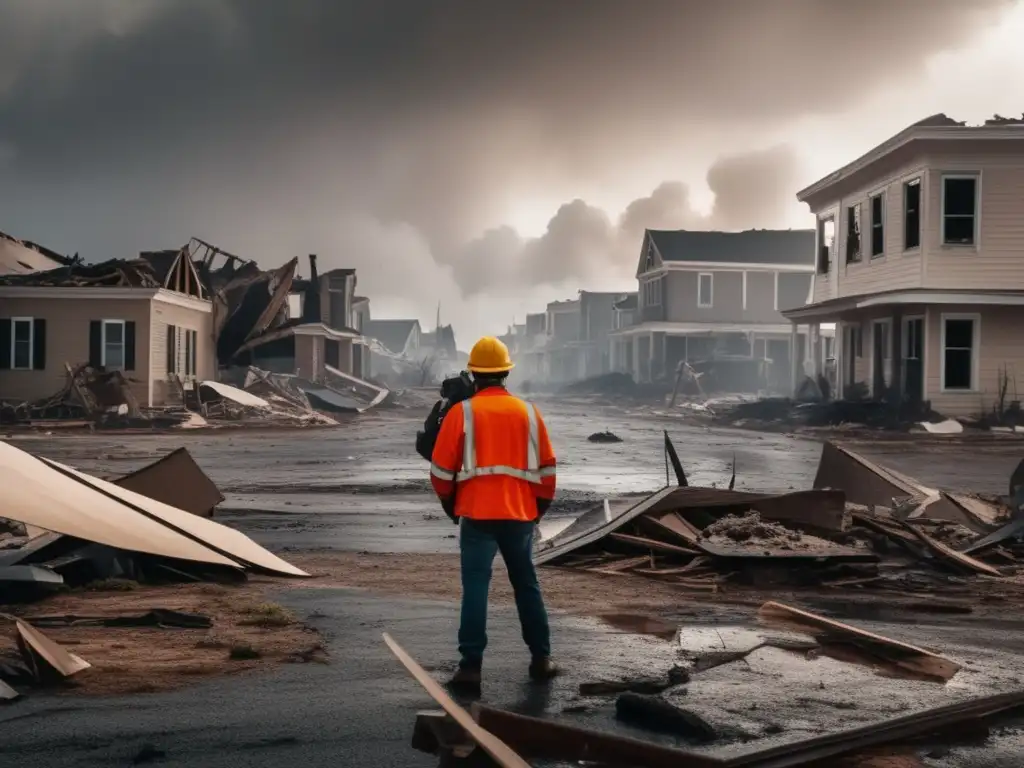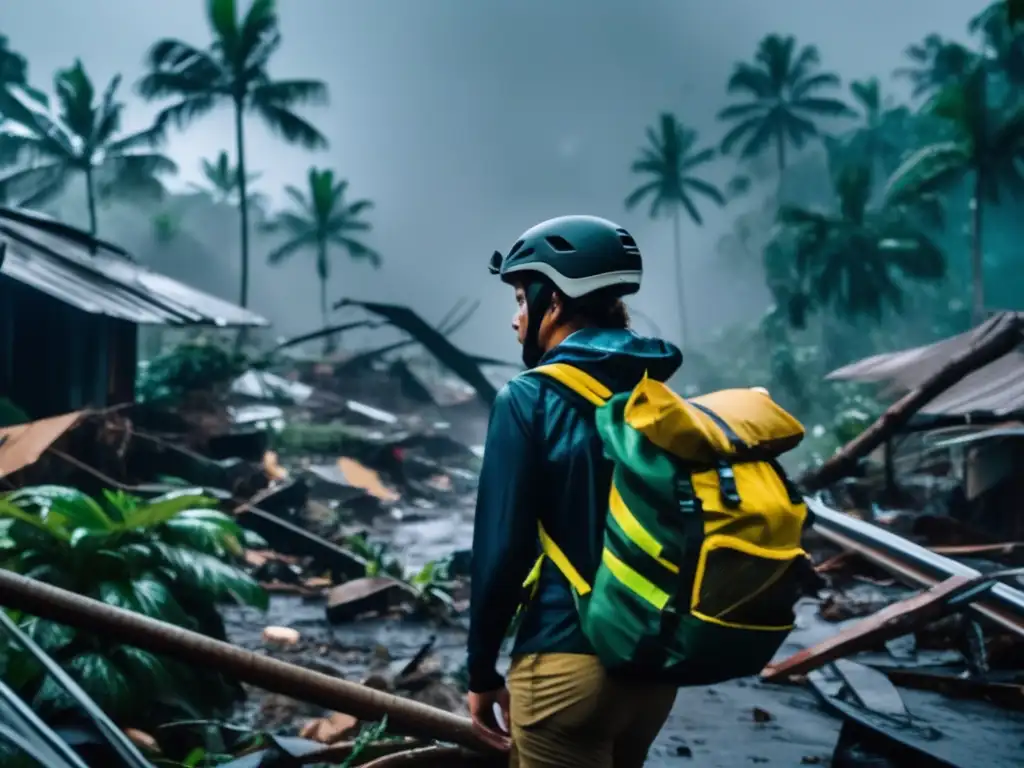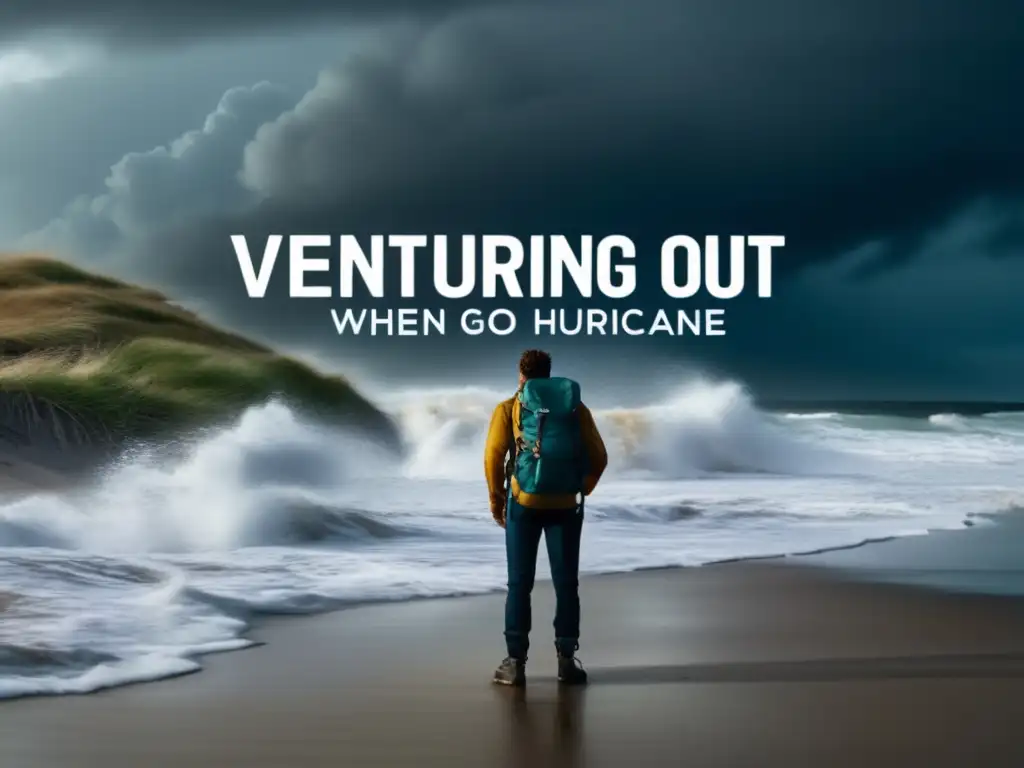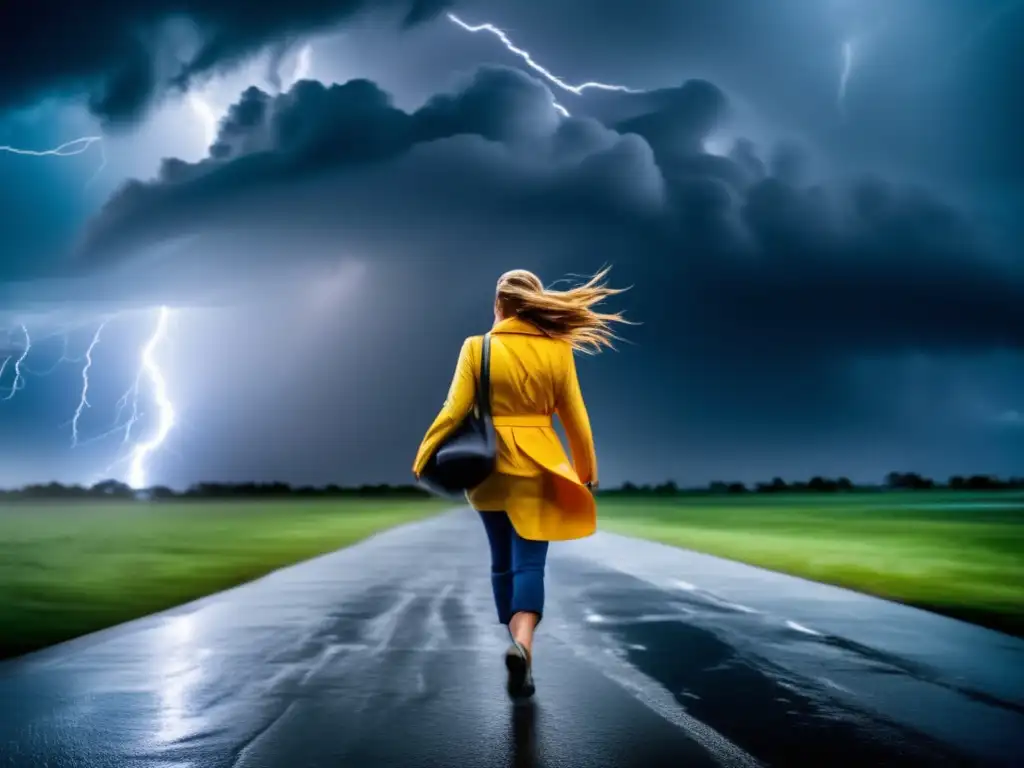Venturing Out: When And How To Safely Go Outside After A Hurricane

Venturing Out: When and How to Safely Go Outside After a Hurricane
Introduction
After a hurricane, the first thought on everyone's mind is to go outside and assess the damage. However, venturing out too soon after a hurricane can be dangerous. It's important to know when and how to safely go outside to minimize the risk of injury and further damage. In this article, we'll explore the basics of going outside after a hurricane, including how to assess the damage, safety tips, and what to do if you encounter any hazards.
Assessing the Damage

Check for Structural Damage
Before you go outside, it's important to ensure that your home and surrounding structures are safe. Check for any signs of structural damage, such as cracks in the walls or foundation, leaning trees, or missing shingles. If you notice any major damage, it's best to stay indoors until a professional can inspect and repair the damage.
Look for Downed Power Lines
After a hurricane, it's common for power lines to be knocked down. If you see any power lines on the ground, assume they are live and stay away from them. Contact your local power company to report the downed lines and wait for them to handle the situation before going outside.
Check for Water Damage
If there was flooding during the hurricane, it's important to check for water damage inside and outside your home. Look for signs of mold, water staining, and rotting wood. If you notice any areas that are wet or damp, it's best to avoid those areas and contact a professional for cleanup and repairs.
Safety Tips

Wear Protective Clothing
When venturing outside after a hurricane, it's important to wear protective clothing, such as long pants, closed-toe shoes, and work gloves. This will help protect you from any debris or hazards that may be on the ground.
Use Caution around Trees and Debris
After a hurricane, there may be fallen trees or large pieces of debris on the ground. Use caution when walking around these areas to avoid injury. If you need to move debris, use appropriate tools and techniques to prevent strain or injury.
Be Careful with Power Tools
If you need to use power tools to clean up after a hurricane, it's important to use them safely. Always follow the manufacturer's instructions and wear appropriate safety gear, such as safety glasses and ear protection.
Dealing with Hazards

Avoid Standing Water
Standing water after a hurricane can pose many hazards, including electrocution, disease, and dangerous animals. It's best to avoid standing water as much as possible. If you must walk through standing water, wear waterproof boots and exercise caution.
Watch out for Displaced Wildlife
After a hurricane, wildlife may be displaced from their natural habitats. Be aware of your surroundings and watch out for any animals that may pose a threat, such as snakes or alligators. If you encounter any wildlife, keep a safe distance and contact local animal control for assistance.
Be Prepared for Carbon Monoxide Poisoning
Using generators or other fuel-powered equipment after a hurricane can lead to carbon monoxide poisoning. Always use these devices in well-ventilated areas and never inside your home or garage. If you experience symptoms of carbon monoxide poisoning, such as headaches, dizziness, or nausea, seek medical attention immediately.
Frequently Asked Questions

-
When is it safe to go outside after a hurricane?
It's best to wait until local officials have declared the area safe before venturing outside. This may take several hours or even days depending on the severity of the hurricane.
-
What should I do if I encounter a downed power line?
Stay away from the power line and contact your local power company immediately.
-
Is it safe to drink water after a hurricane?
You should always assume that tap water is contaminated after a hurricane and avoid drinking it until local officials have declared it safe.
-
How can I prevent mold growth after a hurricane?
Ensure that all areas affected by water damage are completely dry within 48 hours to prevent mold growth. Use fans, dehumidifiers, and open windows and doors to promote air circulation.
-
What should I do if I encounter a snake or other dangerous animal?
Keep a safe distance and contact local animal control for assistance.
Conclusion
Going outside after a hurricane can be dangerous if you're not careful. It's important to assess the damage and ensure that your surroundings are safe before venturing outside. Use caution when walking around debris, wear protective clothing, and be aware of any hazards that may be present.
By following these tips, you can minimize the risk of injury and further damage after a hurricane. Remember to always prioritize your safety and seek professional assistance when necessary.
If you have any additional questions or tips for going outside after a hurricane, feel free to share them in the comments section below. Don't forget to subscribe to HurricaneInsider.org for more valuable information about hurricanes and how to stay safe during a storm.
Additional Resources

 Protecting Your Eyes And Ears: Safety From Flying Debris
Protecting Your Eyes And Ears: Safety From Flying Debris Staying Fit: Exercise Routines To Keep You Occupied During A Hurricane
Staying Fit: Exercise Routines To Keep You Occupied During A Hurricane On The Move: Tips For Pedestrians Caught In A Hurricane
On The Move: Tips For Pedestrians Caught In A HurricaneIf you want to discover more articles similar to Venturing Out: When And How To Safely Go Outside After A Hurricane, you can visit the During the hurricane: category.
Leave a Reply

Articulos relacionados: